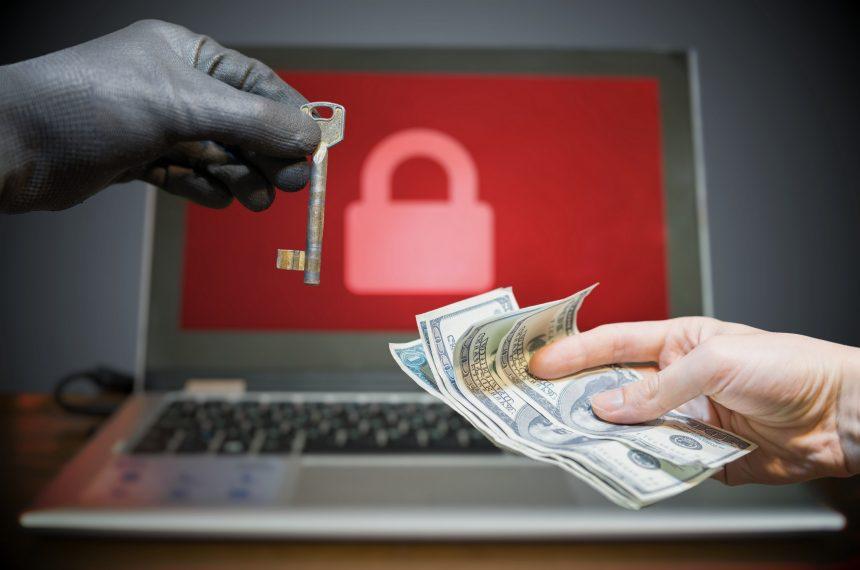Ransomware stands out as one of the most menacing and disruptive forms of malware. Wintz Ransomware is among the latest strains to wreak havoc on unsuspecting victims, encrypting their files and demanding payment for their release. Understanding the workings of this malicious software, its consequences, and effective removal strategies is crucial for safeguarding against its damaging effects.
Actions and Consequences
Wintz Ransomware operates like many other ransomware variants, infiltrating systems through phishing emails, malicious attachments, or compromised websites. Once inside a system, it swiftly encrypts files using strong encryption algorithms, rendering them inaccessible to the user. Victims are then presented with ransom notes demanding payment in cryptocurrency in exchange for a decryption key. Failure to comply often results in permanent loss of data.
The consequences of falling victim to Wintz Ransomware can be devastating, especially for individuals and organizations with sensitive or irreplaceable data. Beyond financial losses incurred from paying the ransom, there are also reputational damages and potential legal implications. Moreover, there’s no guarantee that paying the ransom will result in the recovery of encrypted files, as cybercriminals are notorious for reneging on their promises.
Text presented in the ransom message:
Wintz Ransomware Group & Partners | EST: 2016
>>> What happens?Your computers and servers are encrypted, private data was downloaded. We need only money, after payment we will give you a decryptor for the entire network and you will restore all the data.
>>> Data leakFirst of all we have downloaded the entirety of your machine; quite litteraly everything.Including cookies, passwords, all files & anything else of meaning.
If you fail to pay the desired ransomware within the time period provided your informationwill be sold on the darknet.The data is preloaded and will be published if you do not contact us.
>>> What guarantees? We are not a politically motivated group and we do not need anything other than your money. If you pay, we will provide you the programs for decryption and we will delete your data. If we do not give you decrypters or we do not delete your data, no one will pay us in the future, this does not comply with our goals. We always keep our promises.
Detection Names and Similar Threats
Wintz Ransomware may be detected by various antivirus programs under different names, including but not limited to:
- Trojan-Ransom.Win32.Wintz
- Ransom:Win32/Wintz.A
- W32/Wintz.R!tr
Similar ransomware threats that share characteristics with Wintz include Maze, Ryuk, Sodinokibi (REvil), and DoppelPaymer, among others. These ransomware strains often employ similar tactics and encryption techniques to extort victims for financial gain.
Removal Guide
- Disconnect from the Network: Immediately disconnect the infected system from any network connections to prevent further spread of the ransomware.
- Enter Safe Mode: Reboot the infected computer and enter Safe Mode. This prevents the ransomware from loading along with other startup programs.
- Identify Malicious Processes: Use Task Manager (Ctrl + Shift + Esc) to identify any suspicious processes running on the system. Look for unfamiliar or suspicious filenames and terminate them.
- Delete Temporary Files: Clear temporary files and folders on the system using the Disk Cleanup tool. This helps remove any temporary files associated with the ransomware.
- Utilize Antivirus Software: Run a full system scan using reputable antivirus software. Allow the software to quarantine or remove any detected threats, including Wintz Ransomware and associated files.
- Restore from Backup: If available, restore encrypted files from a backup made prior to the ransomware infection. Ensure the backup is clean and free from any traces of the malware before restoration.
- Change Passwords: As an additional security measure, change all passwords associated with the infected system, including login credentials for email, banking, and other online accounts.
Prevention Tips
- Educate Users: Educate users about the dangers of phishing emails and suspicious links. Encourage them to exercise caution when interacting with emails from unknown senders or unexpected attachments.
- Update Software: Keep operating systems and software up to date with the latest security patches and updates. Vulnerabilities in outdated software can be exploited by ransomware and other malware.
- Implement Security Solutions: Deploy robust antivirus and antimalware solutions across all endpoints. Configure these solutions to perform regular scans and real-time monitoring for potential threats.
- Backup Regularly: Implement a regular backup strategy for important files and data. Store backups on offline or cloud-based platforms that are inaccessible to ransomware threats.
- Use Least Privilege: Limit user permissions to only what is necessary to perform their job functions. This helps mitigate the impact of ransomware by restricting its ability to spread across networked systems.
By following these removal and prevention strategies, individuals and organizations can better protect themselves against the damaging effects of Wintz Ransomware and similar threats.





